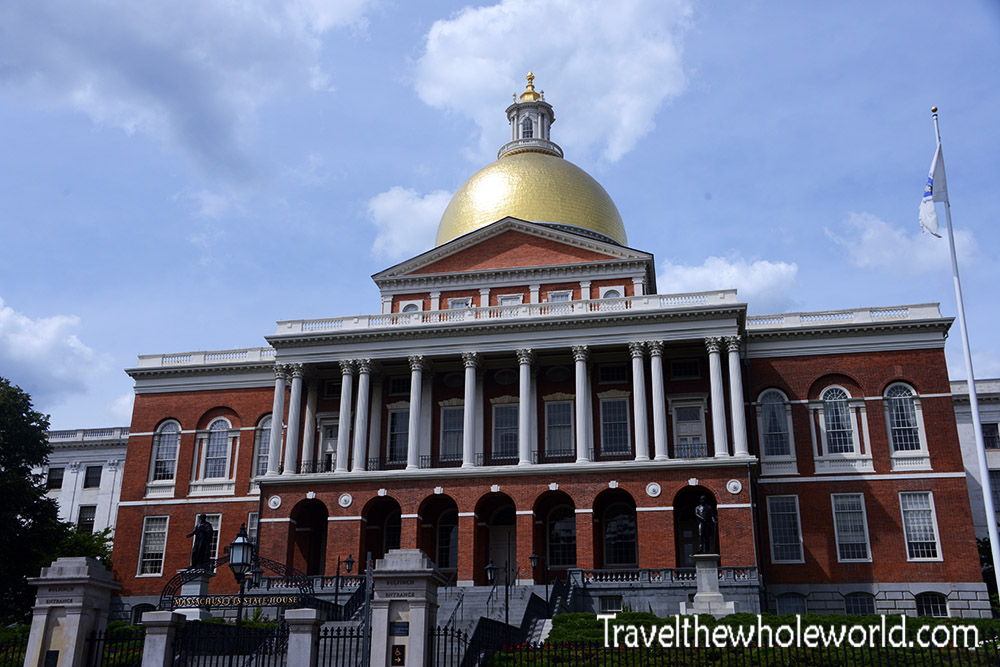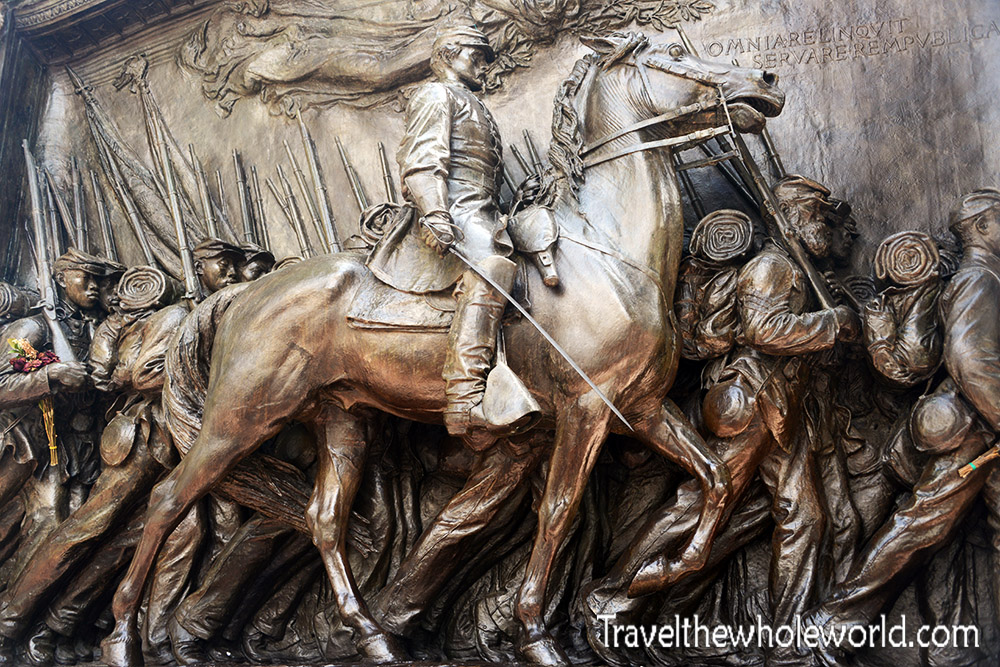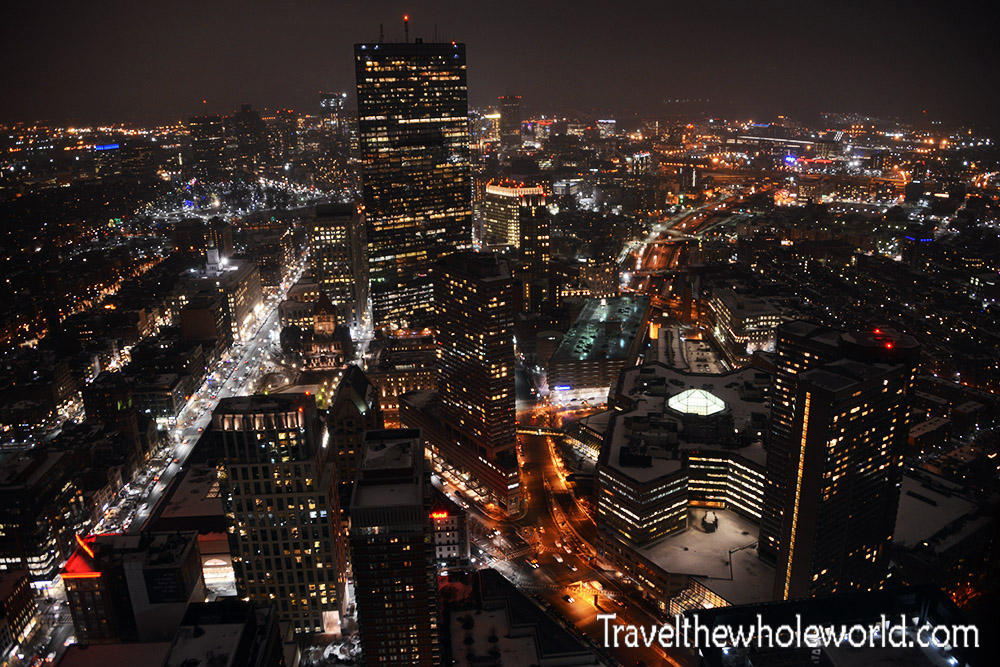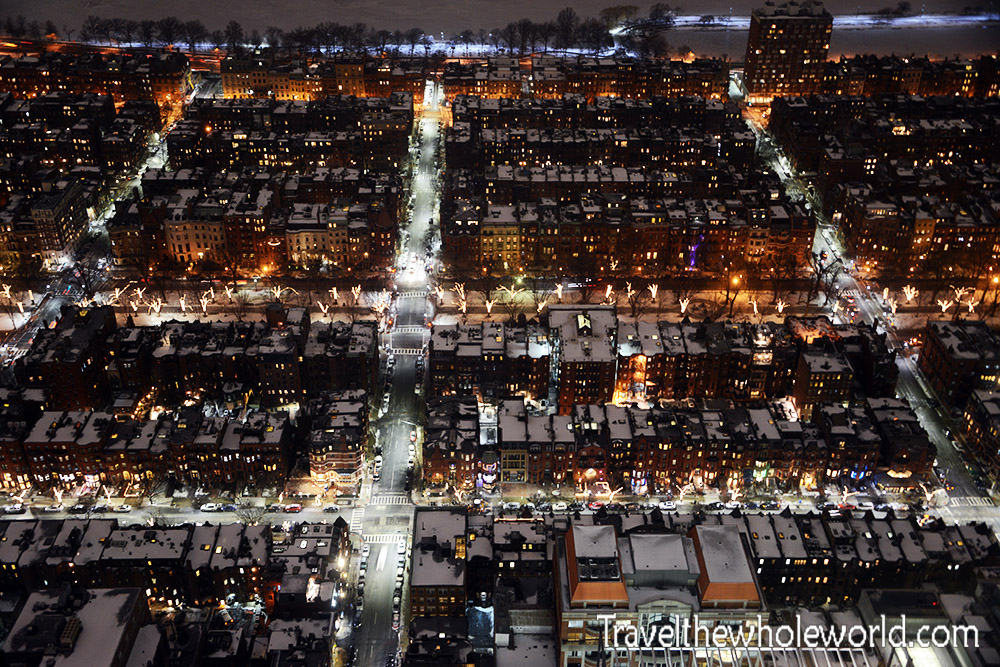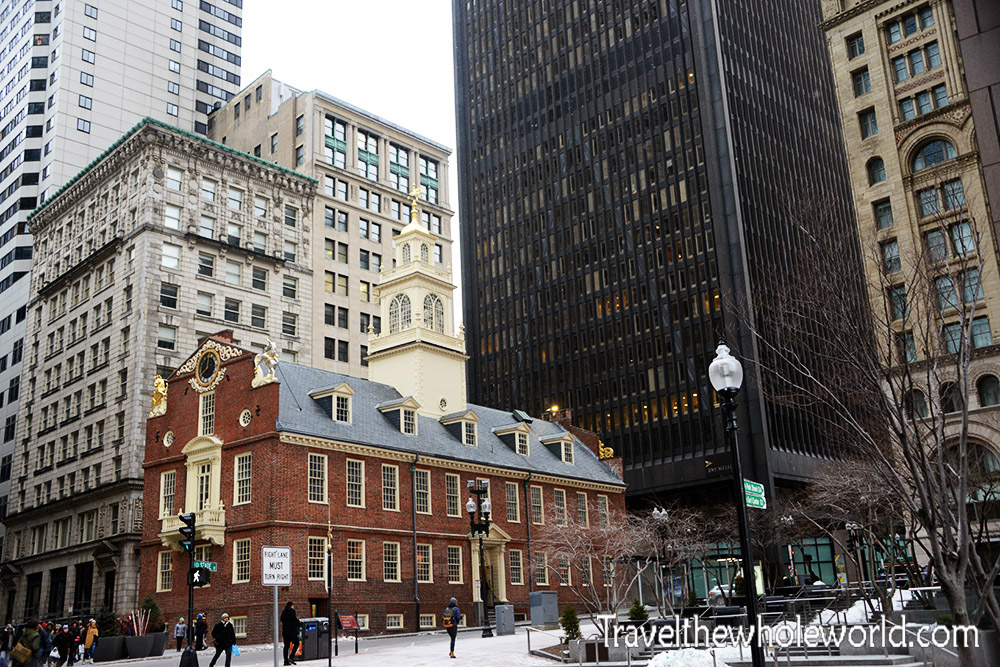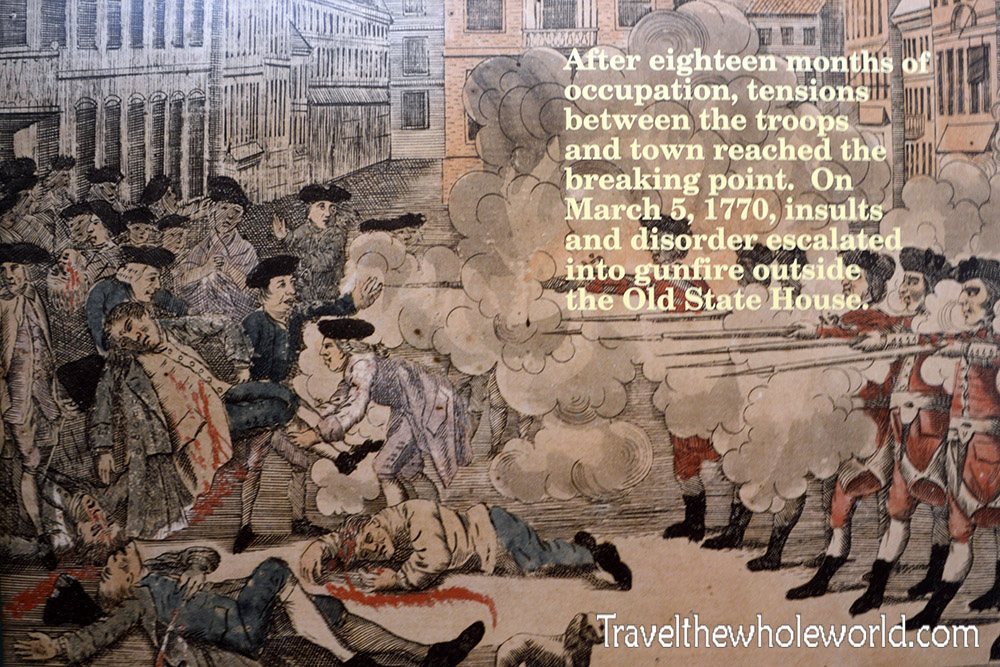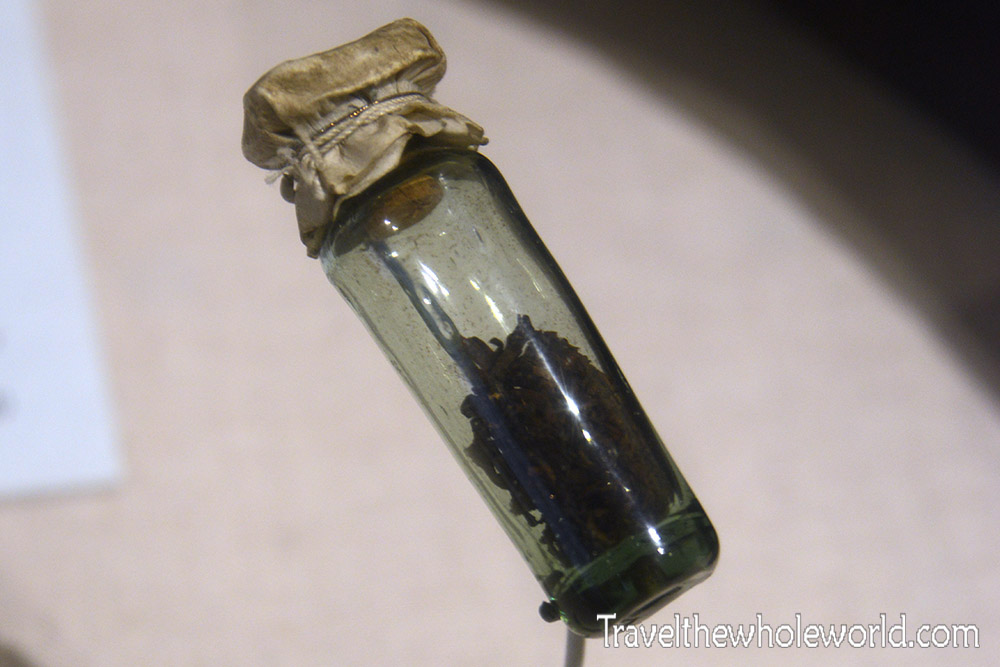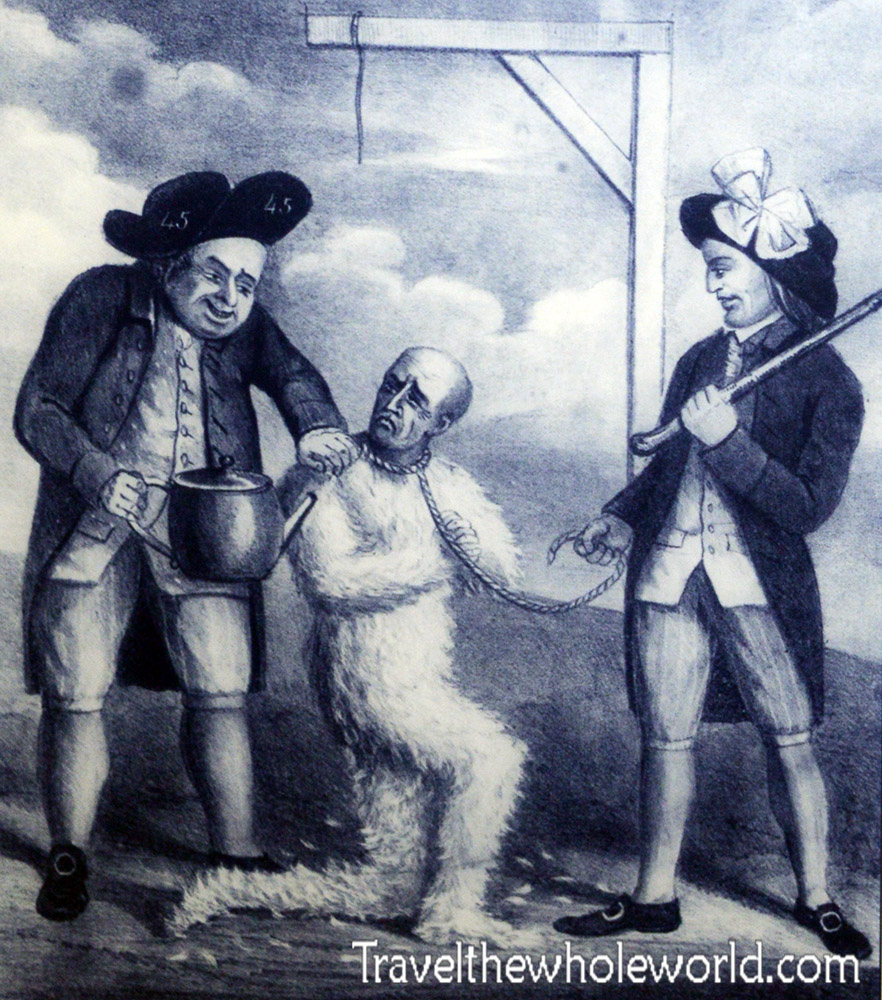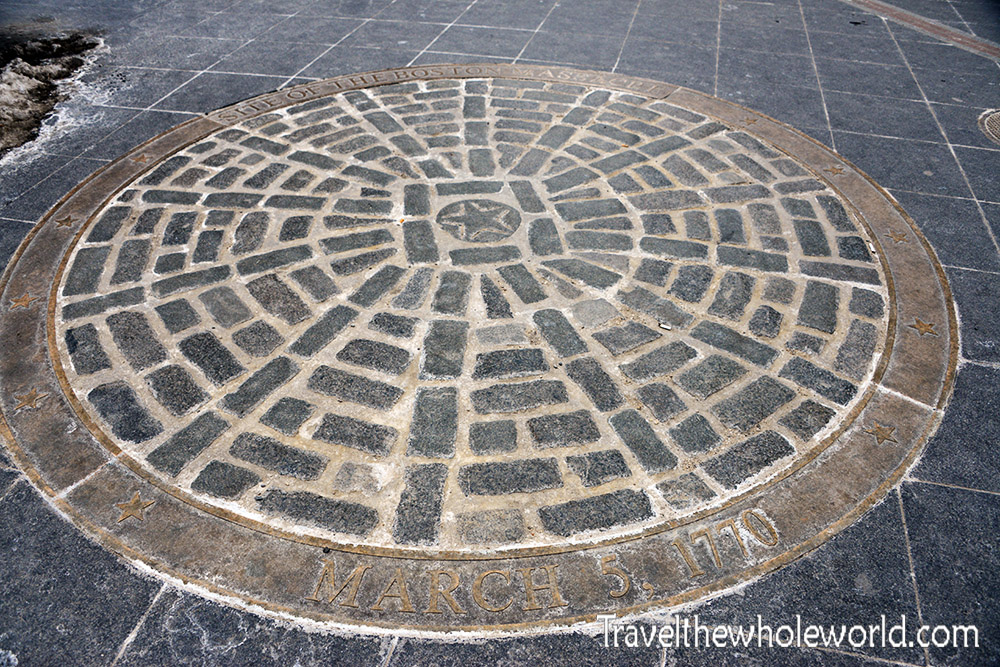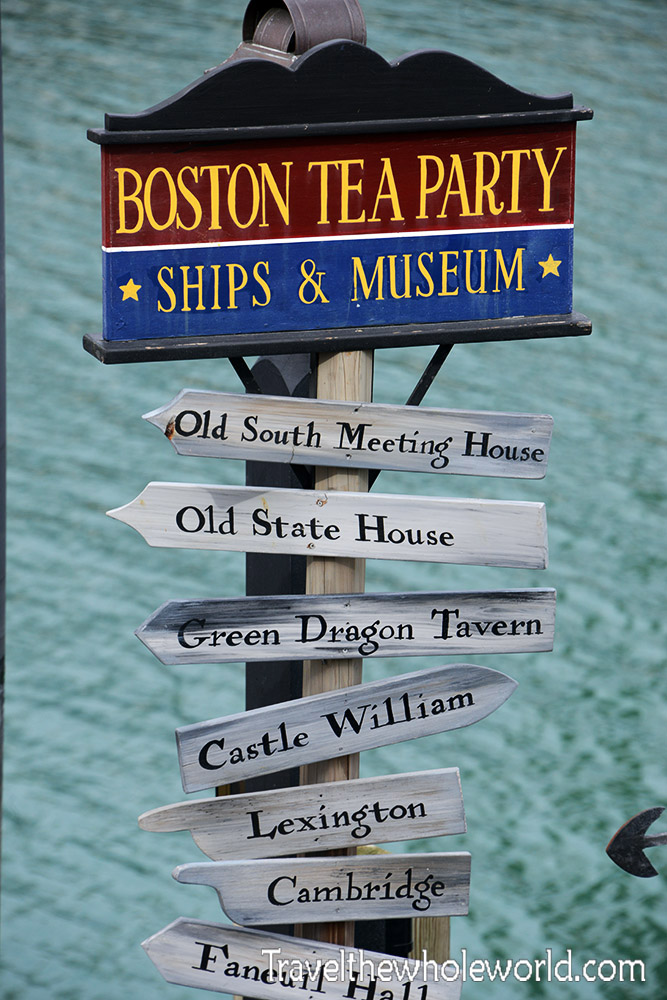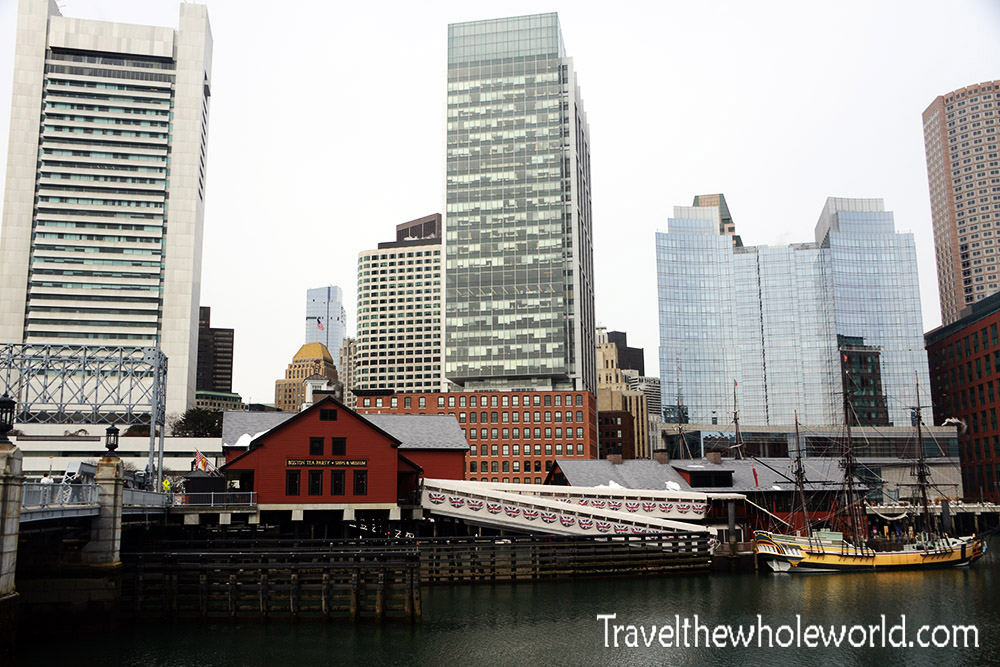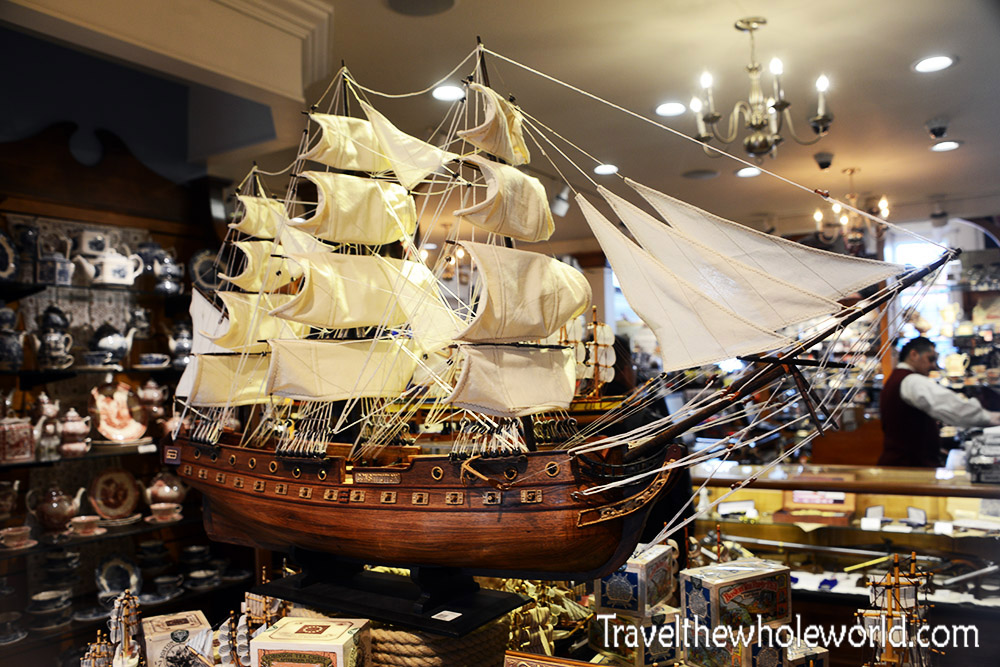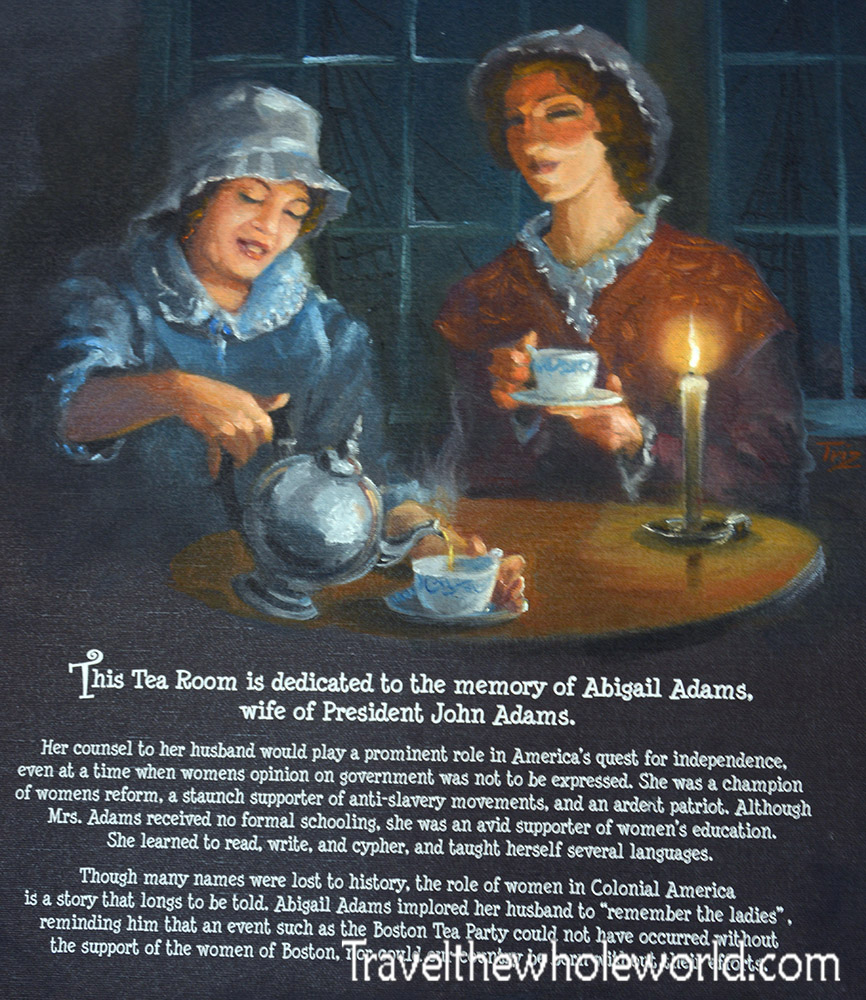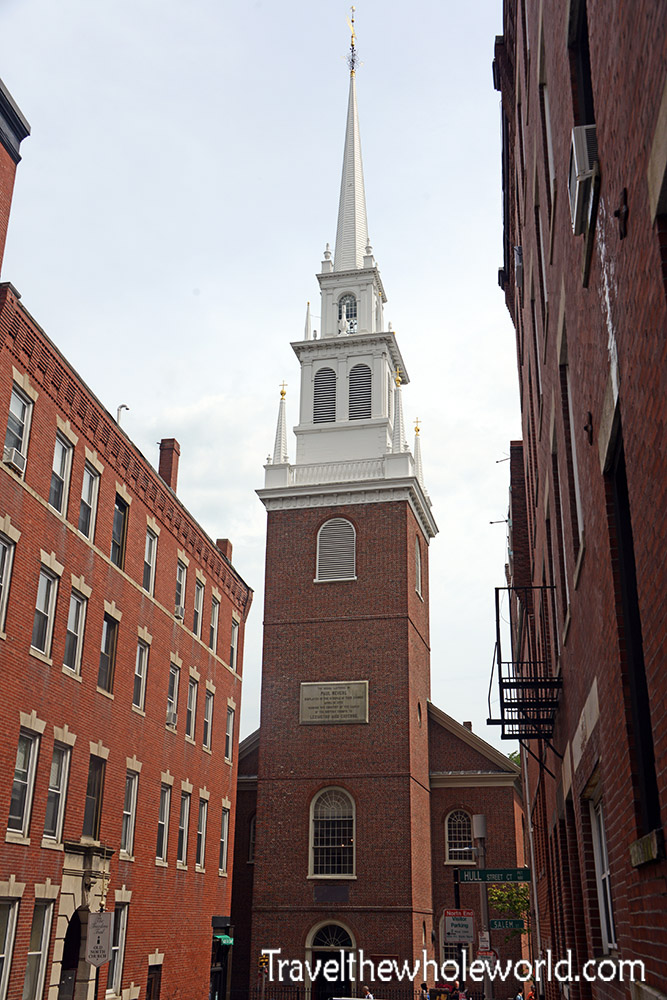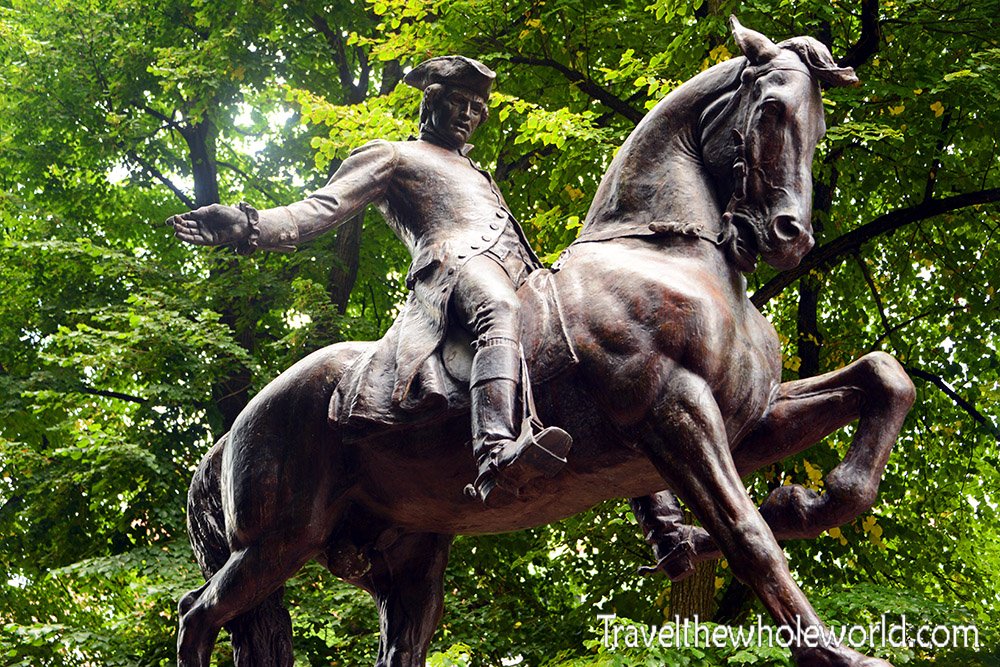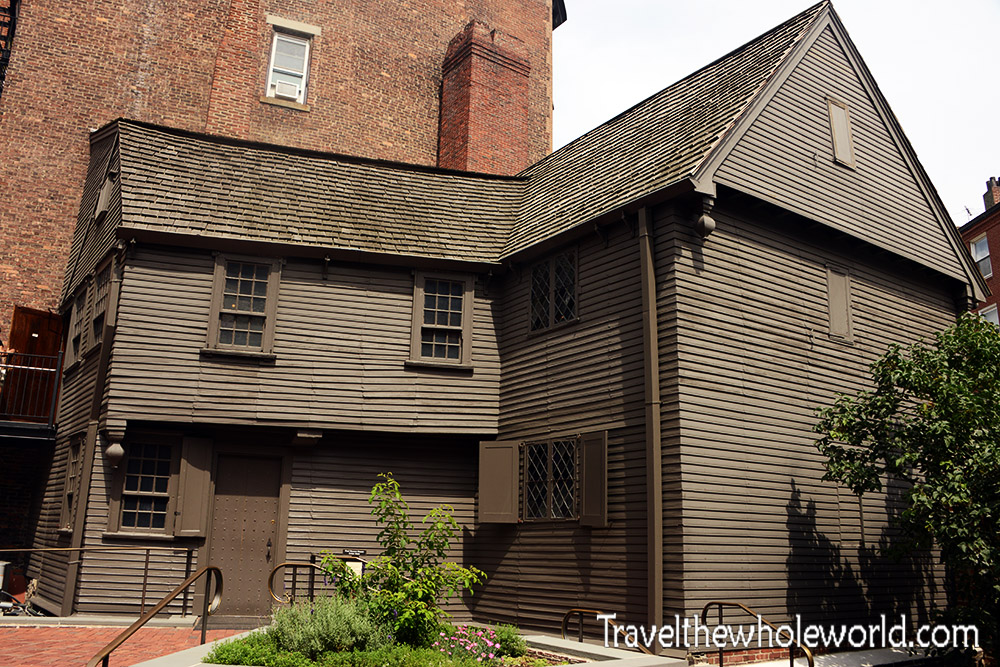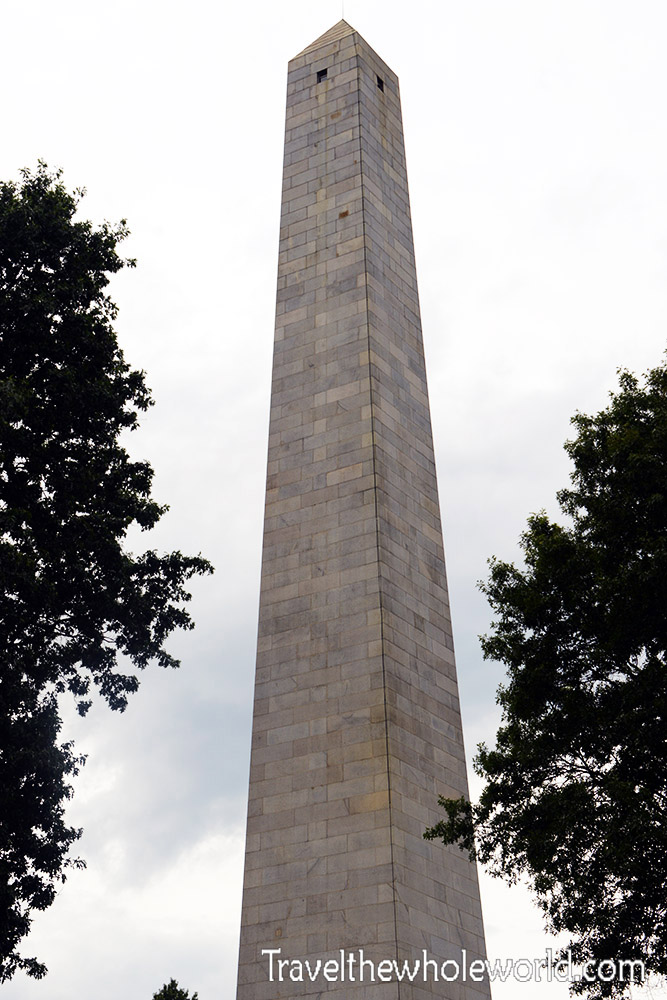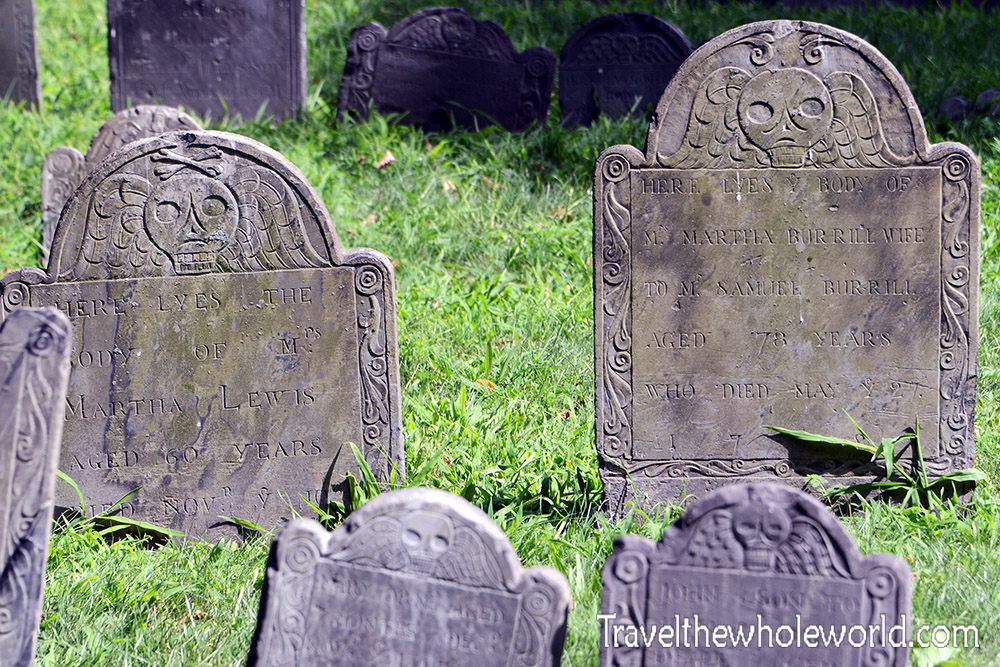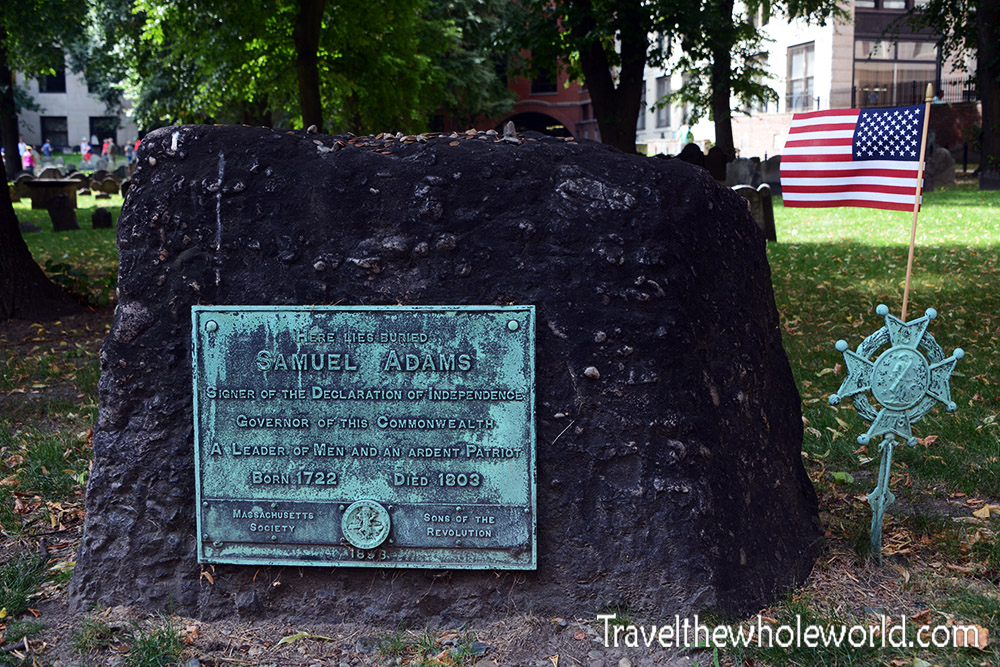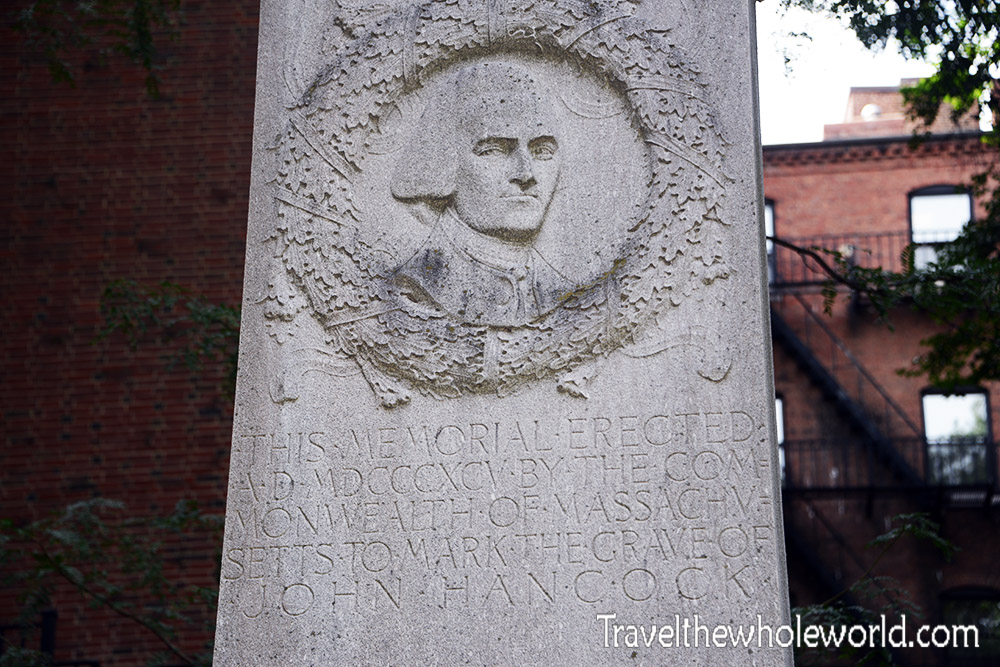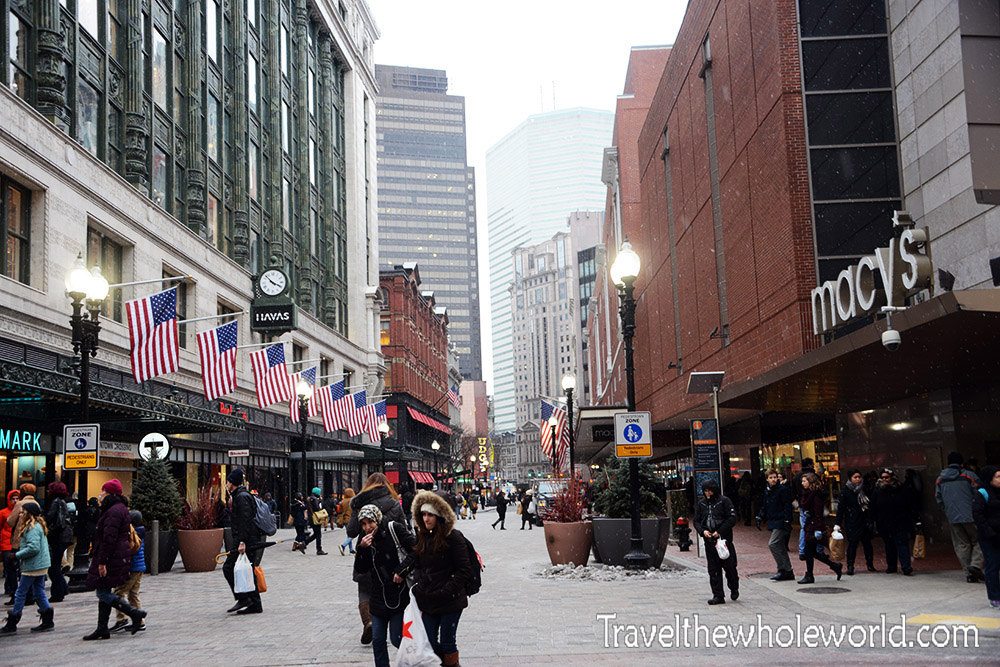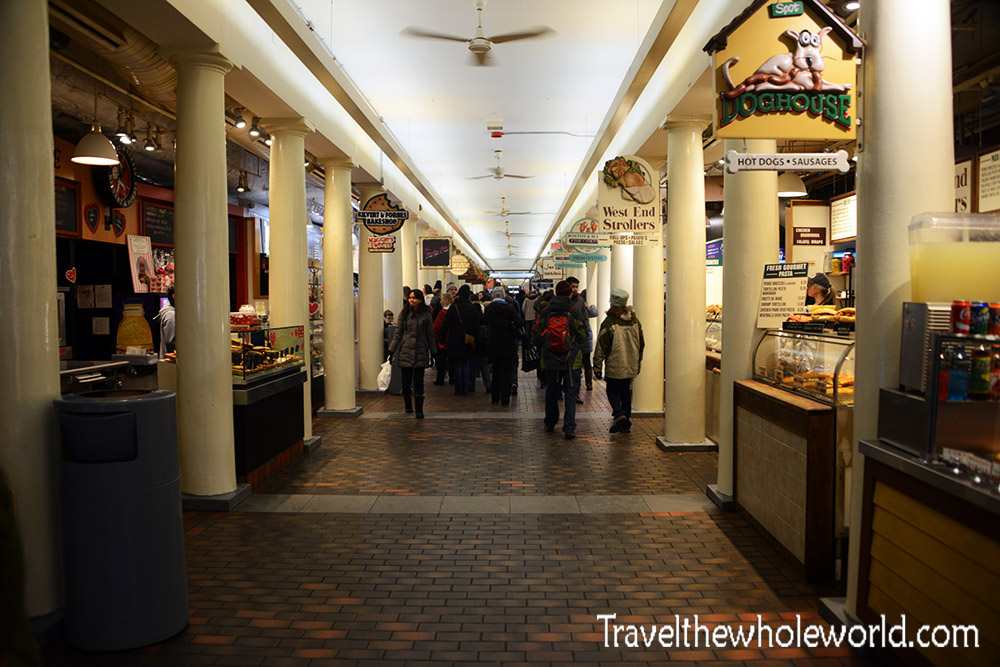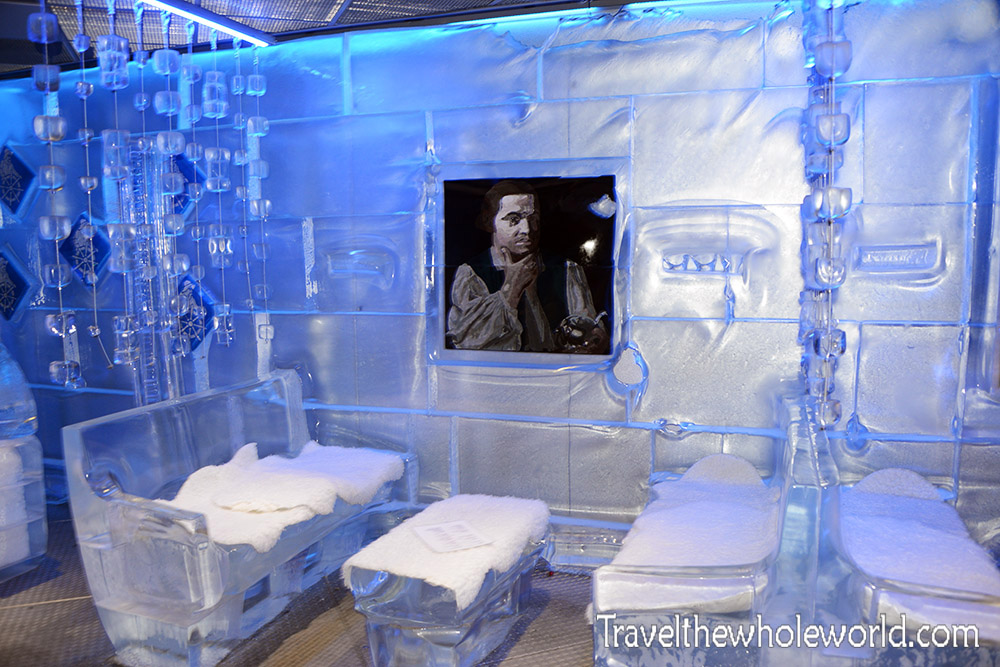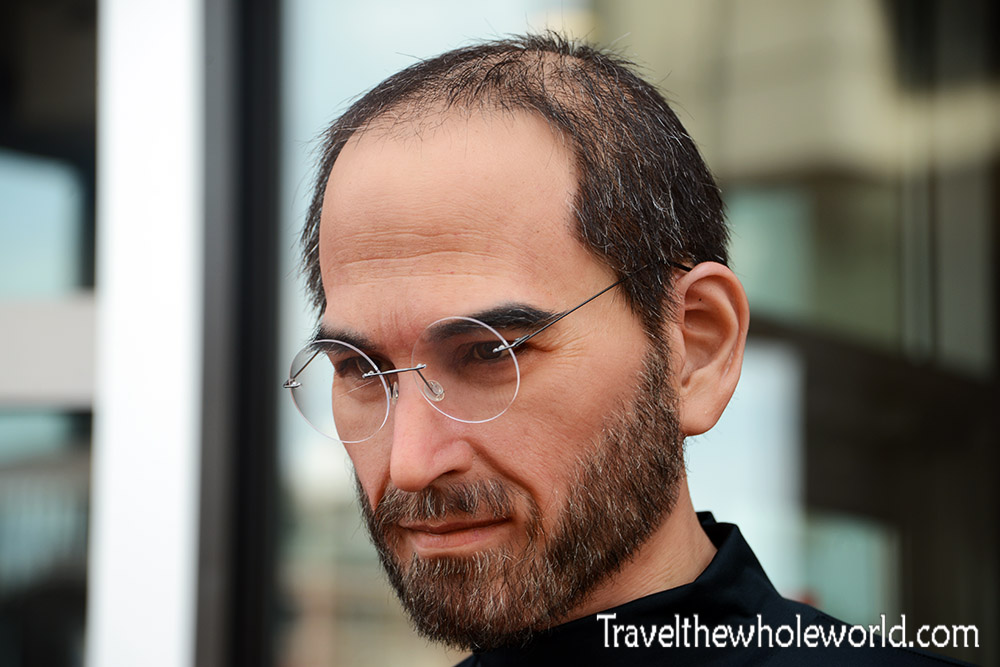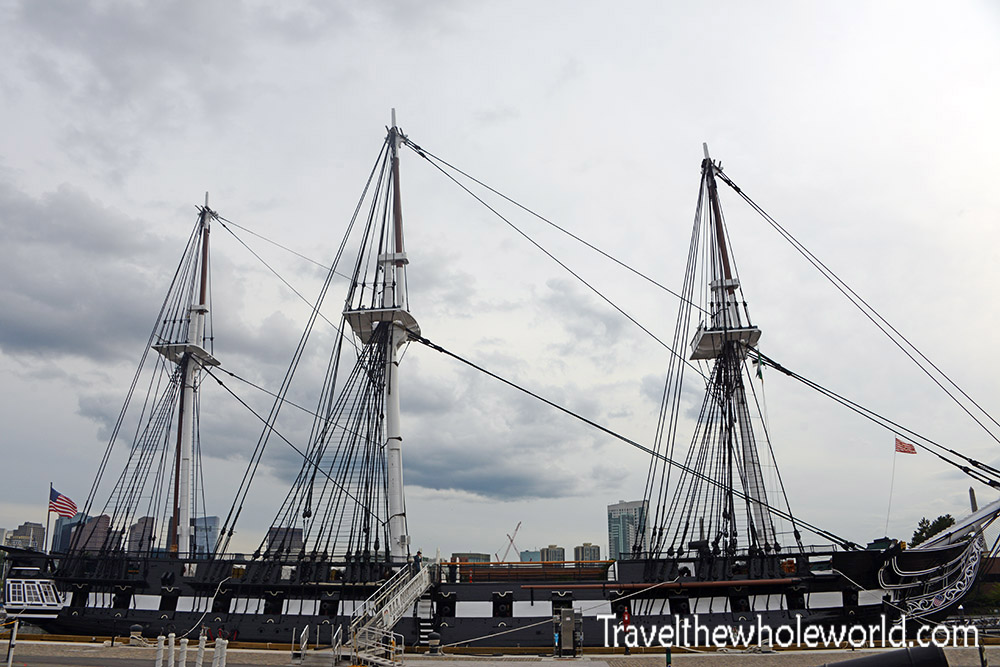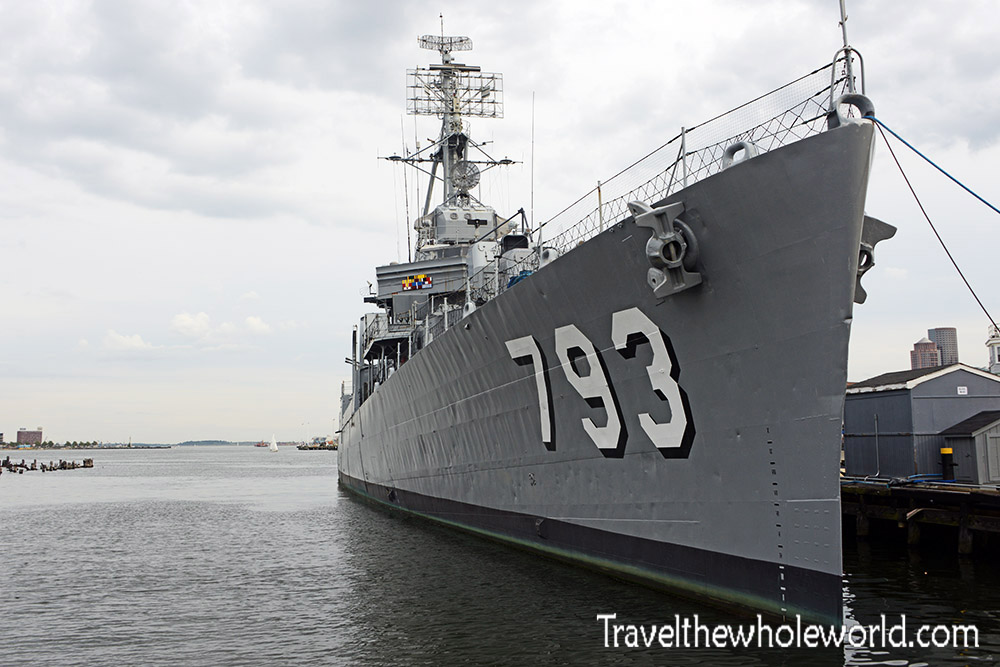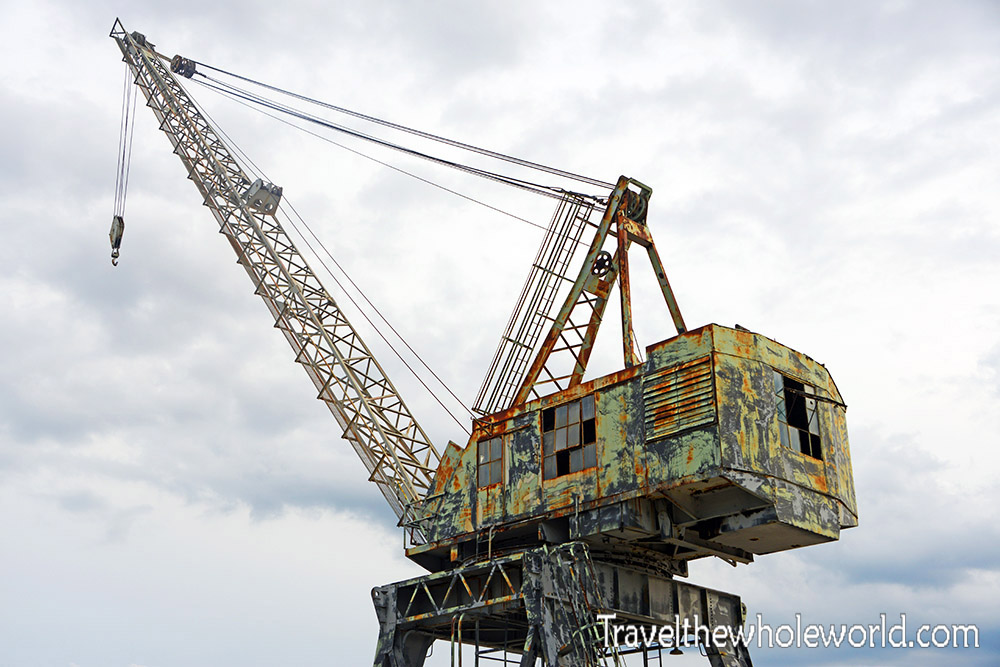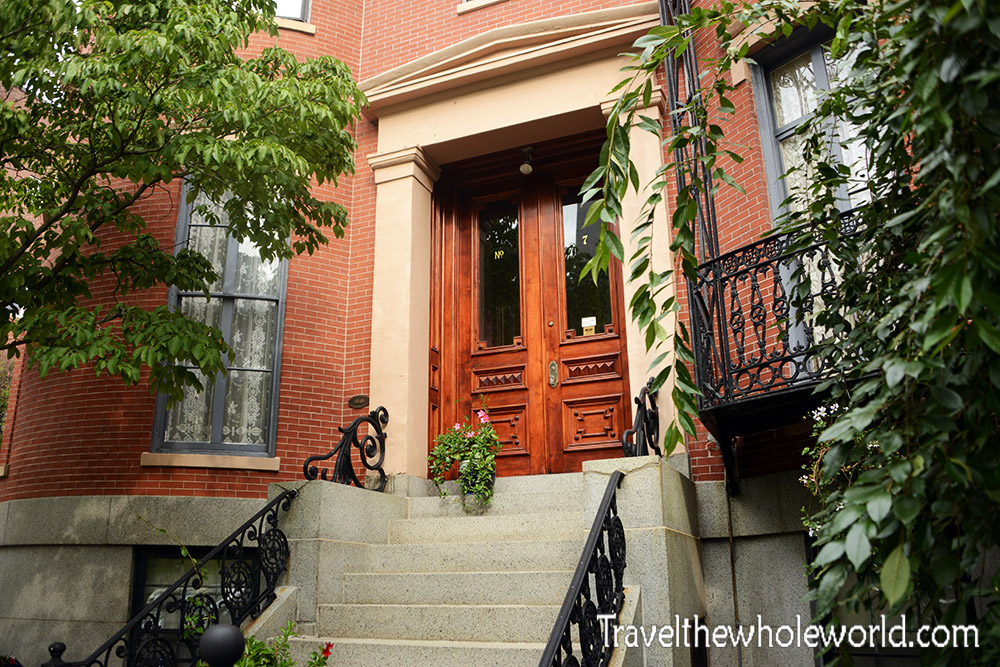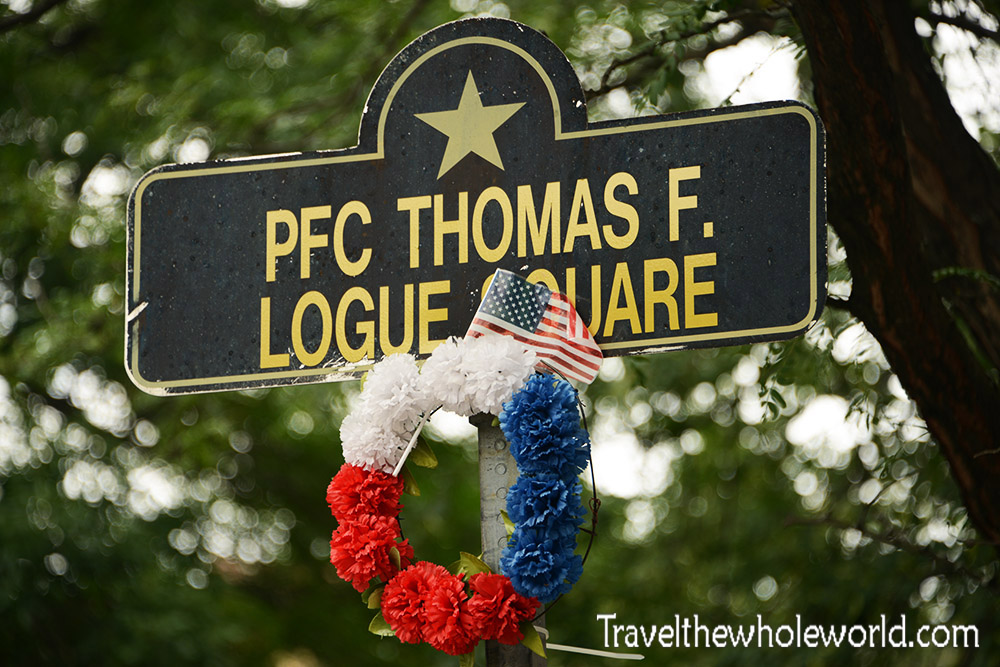Visiting Boston
Boston is one of America’s greatest and most historic cities. I’ve been to Boston several times, but the first few trips I just flew into Boston and immediately left for the White Mountains to the north. About ten years later I finally had some true trips to Boston where I got to explore all the different neighborhoods and historic sites. Boston actually started out as a religious city created by the Puritans from England. The Puritans wanted to create a country based on Christianity and founded Boston in 1630. I since lost my original photos that show Harvard and other photos from that time. Until I return my page focuses more on the colonial days and modern times. The photo above shows the state capitol of Massachusetts. Originally this photo was taken ten years ago at night, but since I’ve returned I got a better version with my newer camera.
Boston is mostly famous for it’s colonial history and its role in the Revolutionary War. Since I’m starting out with the capitol building, I figured now was a good time to share the Robert Gould Shaw Memorial, which is directly across the street. This memorial was from the Civil War. The Civil War saw the creation of the Massachusetts 54th Volunteer Infantry, a volunteer based unit that drew African Americans from all over the north. It was the first northern regiment that had African Americans troops and was led by Robert Shaw.
I didn’t realize how big of a city Boston was until one of my more recent trips. From the Skywalk Observatory, you can get a 360 view of Boston and appreciate the size of the city. While Boston doesn’t make the top ten largest cities in terms of population in the United States, it still has one of the most impressive skylines and is densely packed in the city center The photo above shows some of the high rise buildings, while below you can see row houses in one of Boston’s residential neighborhoods.
While Boston is a huge city with lots to do, I might even go as far to say that it’s America’s best historical city to visit. Much of what led to the American revolution took place in Boston. If you’re interested in American history, a great place to start is the old state house in the city center. It’s now surrounded by massive modern buildings which make it look small, but once upon a time this was a pretty impressive building itself. The state house left its government position in the 19th century and was even used for commercial stores until being converted into a museum. Believe it or not, but one of the doors on the lower level actually leads to a city subway stop!
The American revolution started with tension between the British Empire and treatment towards the American colonists. Many felt they were overly taxed, unrepresented overseas, and being marginalized in other ways. The British government actually saw Boston as a feisty town that needed tight security in order to maintain control. At a time when Boston’s population was only 17,000, Britain had sent 2,000 soldiers to monitor the daily life in the city and impose order. That’s nearly one soldier for every 8 people, and you could imagine the animosity local citizens would have over so many troops in their town. The riots and protests that often happened finally escalated into what’s now know as the Boston Massacre. In 1770, British troops fired into an angry crowd that killed seven people and injured six civilians.
The Boston Massacre wasn’t enough to lead to the revolution. The colonists continued to live under British control until another breaking point occurred several years later. On December 16th 1773 Bostonians who were angry about being heavily regulated by the British government protested the new Tea Act. The slogan of “No taxation without representation” caught on and angry protesters wreaked havoc on British ships that had arrived to port. The ships carried over 600,000 lbs of tea, and the vast majority of it was cast into the harbor. This was one of the biggest events that led to the American Revolution. Above is a small amount of original tea from the Boston Tea Party that was preserved. Below is an example of tarring and feathering, which Americans did to those who were still loyal to the British crown.
Immediately outside the Old State House is the site of the Boston Massacre, memorialized above by this cobblestone circle. This site is one of the points of interest along the Boston Freedom Trail. Below is a sign near the site of the Boston Tea Party rebellion pointing out other places of interest in the city.
The site of the Boston Tea Party is about a mile from the Old State House. There’s a museum here that is dedicated to the Boston Tea Party incident, but I ended up not visiting it. The gift shop and tea room is open to all however, so its a nice place to stop for a break. These photos were from winter when it was especially cold outside, so the tea room was a perfect place to take a break and warm up.
The photo above shows a colonial ship for sale in the Boston Tea Party gift shop. Most souvenir shops sell similar items, but this one had some that were legitimately interesting such as the colonial ships, antique weapons, and of course Boston tea. As it turns out, the tea room was dedicated to Abigail Adams, the wife of President John Adams. Her portrait and description of her accomplishments is described below.
As tensions became worse, the British army attempted to arrest those they thought were contributing to the disorder. On April 18th 1775, the British army began to move to Lexington to arrest Samuel Adams and John Hancock. Paul Revere got news of this and had another American place lanterns in the Old North Church to warn of the marching British. The Old North Church is photographed above.
Paul Revere tried to beat the British to Lexington with a party of three people. On the way they were caught and detained however. Two escaped and were able to deliver the message to Lexington while Paul Revere was still held. After gunshots began to go off, he was released and made it to Lexington just in time to see the battle of Lexington Green. Immediately behind the Old North Church is Paul Revere’s statue above. A few blocks away, you can find Paul Revere’s house which is now a museum and is photographed below.
My photos of the revolution do not follow the Freedom Trail in order. The Bunker Hill monument photographed above is actually considered the starting point of Freedom Trail. This marks the first major battle of the Revolutionary war that took place on June 17th 1775. While the battle of Lexington Green was more of a skirmish, the Battle of Bunker Hill was a major conflict. It ended up being a British victory, but at a heavy cost. British troops in the battle numbered about 3,000, and they saw 1,054 of those troops killed or wounded. The United Colonies had 420 of their troops killed or wounded.
After the American Revolution took place in 1776, the war raged on until it finally ended in 1783 with the Treaty of Paris. Many of the founding fathers who helped begin the revolution and fought in the war are buried in Boston’s third oldest cemetery, Granary Burying Grounds. There are roughly 2,500 marked graves here but some historians estimate that as many as 5,000 people are buried here. The photograph above shows how most of the grave stones looked. I thought it was a bit unnecessary to put a skull on the graves, as if it was necessary to emphasize that the people were dead.
Most of the founding fathers buried here had unique grave stones, such as Sam Adam’s large stone with a plaque. John Hancock’s grave is shown below. It’s a large obelisk that includes his portrait and Roman numerals marking year he passed away. John Hancock was famous for being the first to sign the Declaration of Independence.
The colonial history in Boston is what I find most fascinating about the city. If history isn’t for you there are plenty of other things to do. While Boston can’t compare to New York City, it’s still one of the most populated cities in America and has endless opportunities. Until my recent trip to the city, I had only visited Boston in the winter. On my very first trip in March it happened to be one of their coldest weekends ever. The temperatures were around 7 degrees Fareinheight (-15 Celcius)! This photo above was taken during another cold spell in a February years later. Despite the cold, you can see there are always people walking around and it’s a lively city year round.
Some historic buildings still are used for the same purpose today. The Quincy Market is a famous place to visit for a casual lunch or dinner. Despite the hype to the place, I found it to be mostly an indoor food court with a range of fast food to a few dine in restaurants. Nothing too spectacular for me though, but once again this was a great place to go inside and escape the cold winter winds! The photo below is of a bagel bakery inside the market place.
During my most recent winter visit, my friend and I stopped by at one of the city’s frost bars. The weather was cold enough that they probably could have offered outdoor seating. The frost bar had furniture, memorials, and some famous people all carved from ice. They also had this giant scary yeti photographed below.
While walking through the city one summer I came across the late Steve Jobs. The city’s wax museum has nearly exact replicas of celebrities that are still living as well of those who have been long gone. I didn’t go inside the was museum, but the figures inside are much more realistic than the ones outside. Outside on the street was both Steve Jobs was Leonardo DiCaprio. I thought DiCaprio would have been a better shot for the Boston page because of his movie Departed, but I left him out since Steve Jobs looked more impressive.
Another place I’ve visited several times is the Boston Harbor. The ship above is the USS Constitution, which is the oldest commissioned warship in the world. The USS Constitution was commissioned in 1797, and saw combat in the war of 1812. Although the ship remains officially commissioned, it is largely a ceremonial role. The USS Constitution hasn’t set sail since 1997 when it docked after celebrating its 200th year in service. My original photo of the ship was much better than this one that I took over a decade later. Sadly I lost the original pictures so until I return I have to do a diservice to the ship with this picture.
Also in the harbor is another historic ship, the USS Young which is a Fletcher-class destroyer. In comparison to the USS Constitution the USS Young looks like a modern warship. It was actually commissioned on December 31st, 1943. The ship saw combat and suffered several kamikaze attacks in World War II. Like the USS Constitution, both ships are available for tours. From the harbor you get an amazing view of downtown Boston, but because of the weather and sunlight I didn’t capture it with my photo. Instead I took another random shot of this crane below!
I’ll finish up this page with the thought of living in Boston. I think I’d enjoy living in the city if it weren’t for the real estate prices or the brutal cold winters. One of my favorite neighborhoods that I visited was Charlestown, also the site of Bunker Hill. I assume these homes are easily in the millions of dollars because of their history and location. As a matter of fact I had walked from this neighborhood to the harbor. The photo above shows one of the entrances to a row house in Charlestown. The street below is in the same neighborhood, and I assume is named after a Marine who lost his life in the Battle of Bunker Hill.
